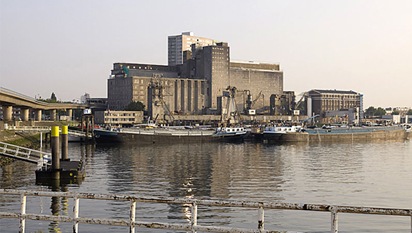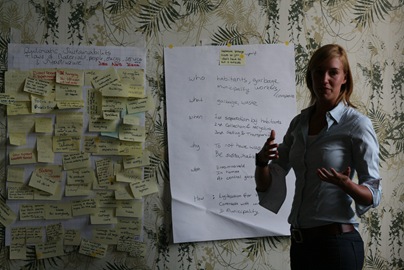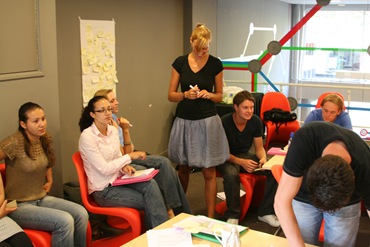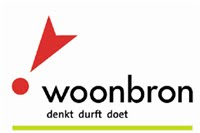On the second day of summerschool our team met Arjan van Timmeren - designer of sustainable decisions in a built environment.
First, he presented us his background, according to which he came to some decisions\projects he was showing us later. As one of the starting sources he mentioned book ‘ Biomimicry ’ - to take a look how ‘the things’ are working in the natural environment at small scale. As example of applied biomimicry he mentioned Regenerative Design: Bamai Canal Project in China. Another source mentioned – wide-known ‘Cradle to Cradle’ book.
Then he switched to examples of sustainable solutions\projects which were failed, because of number of mistakes. One of the most representative examples was ‘Bio-climatic complex - Biosphere’. According to Arjan, if to close eyes on a technical mistakes, one of the main aspects why it was failed, was social aspect, which should be researched with a high importance. Other aspects which Arjan mentioned were: to take into consideration functions you want to provide for a built area or environment, use as much as possible passive energy, consider materials and try to integrate in the system energy supply.
Afterwards, Arjan presented us different points of view\ concepts how to find a way to sustainability, which are: 3P, 3N and 3R.
3P means- Planet (as a metabolism in space, energy, water and air), People (as comfort and livability), Prosperity (as benefits for both planet and people).
3N means: Now (as a refer to act now), New (as a refer to innovate), Next (as a refer to be sustainable in time with actions and decisions made).
3R means: Reduce consumption, Reuse materials and energy, Recycle materials and energy.
As last part of Arjan performance was discussion of some projects of different scales, successful and not.
It was very inspiring meeting, showing that everything is possible and sustainability achievable. But involvement of understanding process why we are doing this, how and by which means is of a high importance.





















